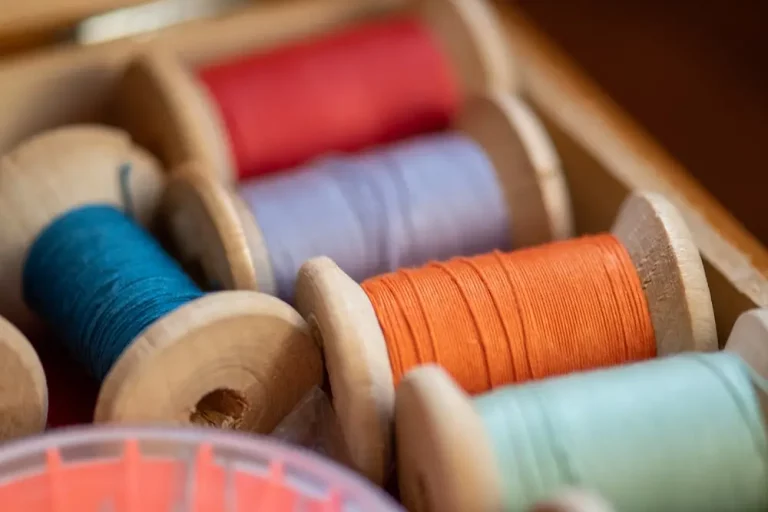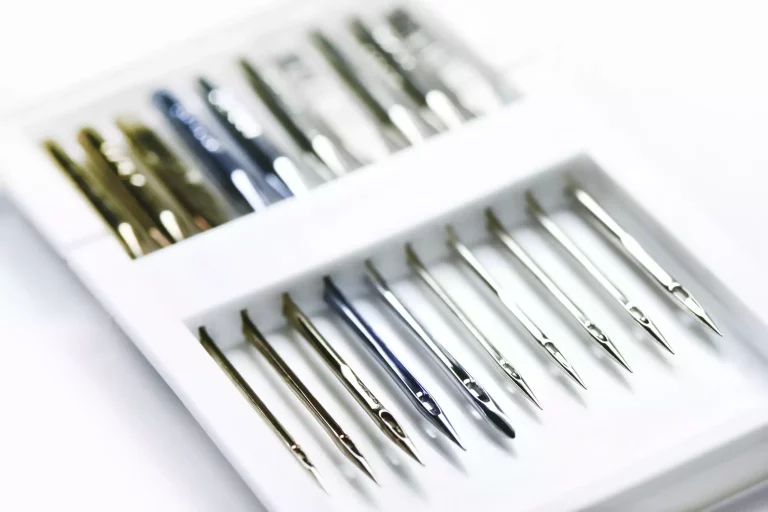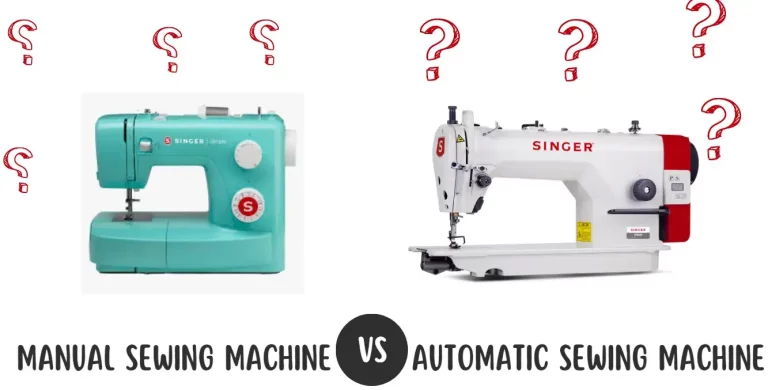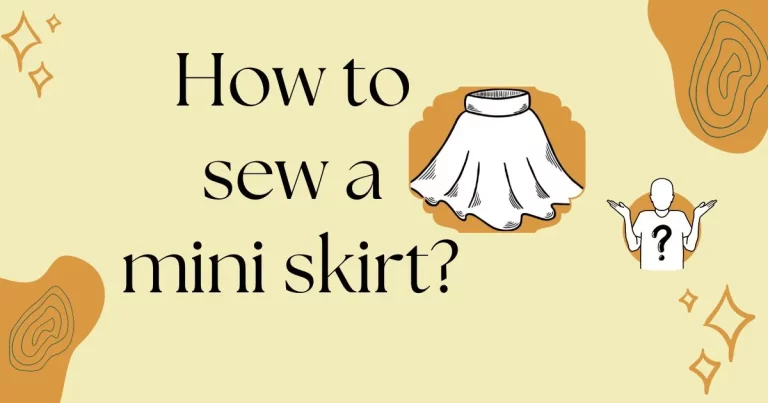SEWING DENIM-(ULTIMATE GUIDE)
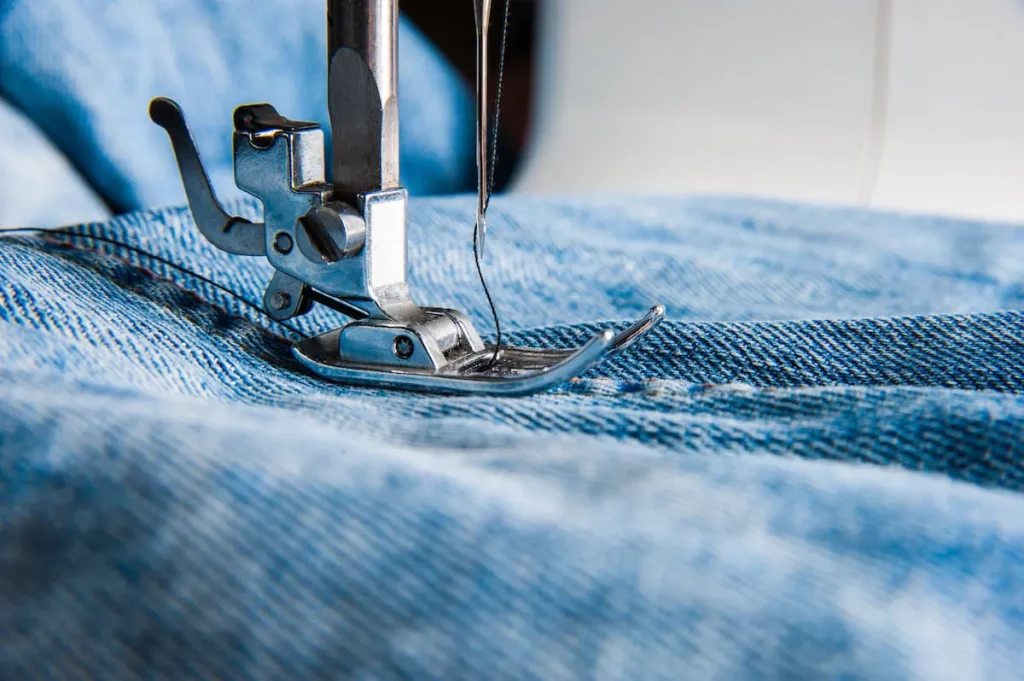
Discover how to sew denim and unlock the potential to create sturdy, fashionable apparel with the gratifying and adaptable art of denim sewing. With the strong, robust and long-lasting properties, the denim fabric is ideal for a range of products, from jeans and jackets to purses and decorations.
Sewing with denim gives countless opportunities for innovation and self-expression in art and craft, regardless of your level of sewing experience. Denim is a material that will never go out of style because of its timeless appeal, so your finished crafts will be both useful and stylish
History of sewing denim
The history of sewing denim originated in the late 17th century, when Strauss and his colleagues accidentally produced a product called ‘serge de Nimes’ which then referred to ‘DENIM’. The rugged, durable fabric quickly became popular for use in work-wear and has since been used in a variety of clothing and apparels items, from jeans to jackets and many more. Over the passage of time, denim has become a fashion statement and is now used in a wide range of styles and designs. Today, denim continues to be a popular fabric for clothing due to its versatility and durability.
Basic Features of Denim
Denim is a very robust and durable fabric. It last for days because they make the guarantee of durability and long lasting capability. This is the main cause of denim’s widespread adoption in different parts of the world.
The material is mostly stretchy and is simple to turn over. This makes it easier for consumers to routinely wear their pair of jeans. Due to its suitability for movement, there is greater room for a wider variety of actions.
Most denim fabrics are resistant to fading and use. The fabric is robust and thick, so it does not tear easily. Despite the cloth fading, the organic colors prevent the pair of jeans from seeming worn out.
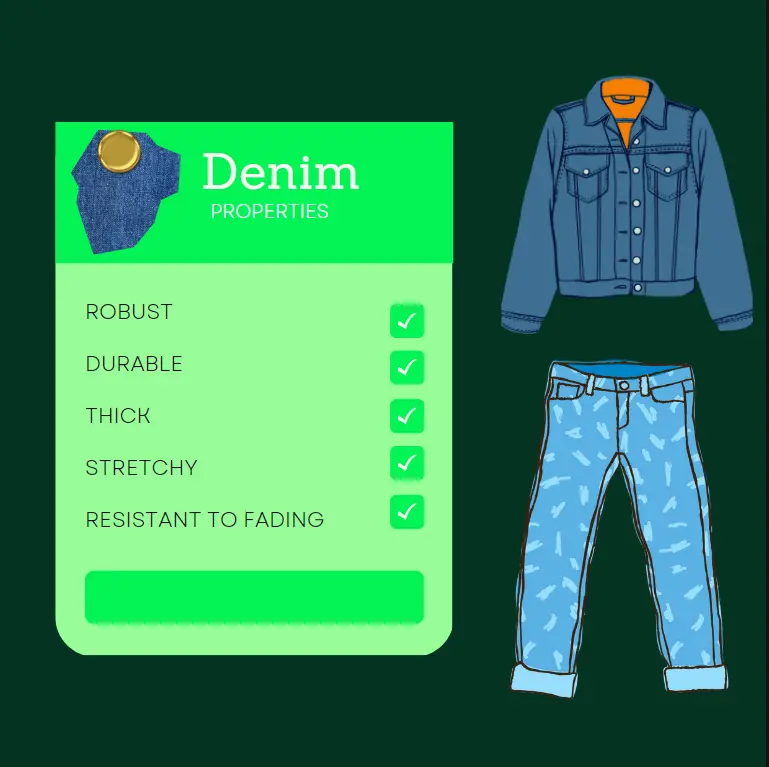
Sewing denim-Simple tips and tricks
Whenever you think about sewing denim, the question how to sew denim recurs in your mind because of the robust properties of denim. Although sewing denim can be a little difficult, with the correct machine and a few helpful hints, you can make gorgeous, long-lasting clothing. The kind of machine you use when sewing denim is one of the most crucial aspects to take into account.
Assemble materials for sewing denim
Denim

Choose the heavy weight denim you want to sew
Sewing Machine
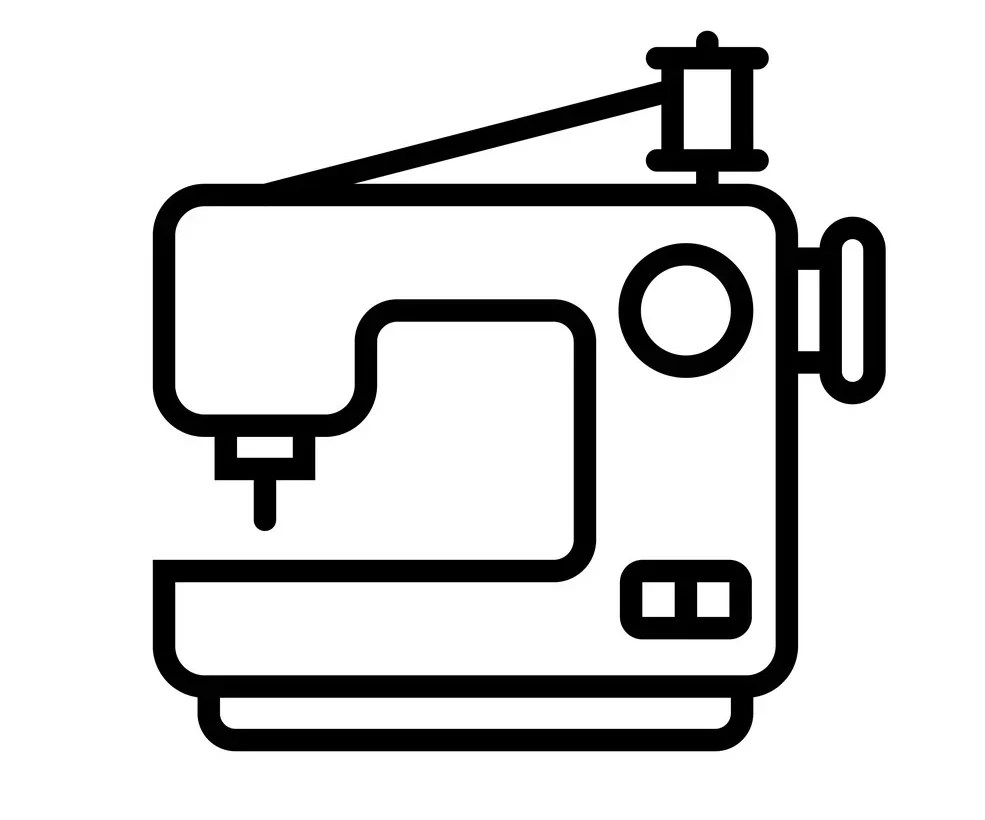
Since Denim is robust, durable and elastic select a heavy duty sewing machine that can sew multiple layers of denim
Thread
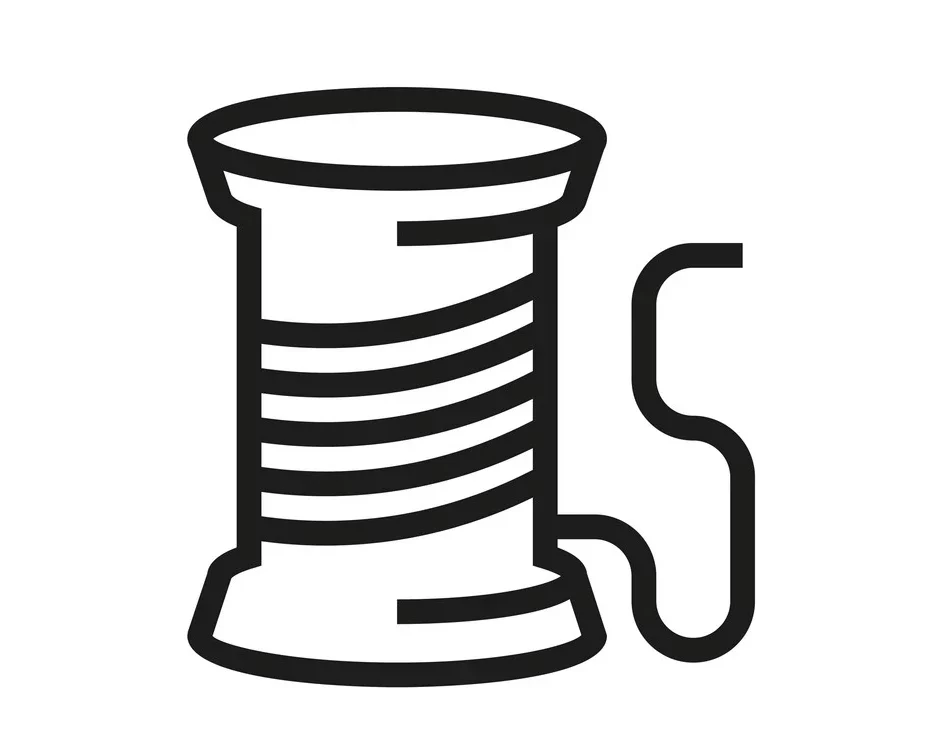
You should use a heavy-duty polyester or cotton thread that seamlessly merges with the color of the fabric. Also select the thread according to the weight of denim.
Needles
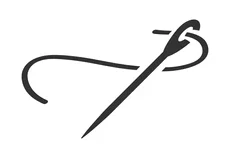
You should select a denim needle in your sewing machine for best results.
Pattern
Select a pattern that is suitable for denim, such as a pair of jeans you want to sew or a pair of jeans you are interested to sew.
Scissors
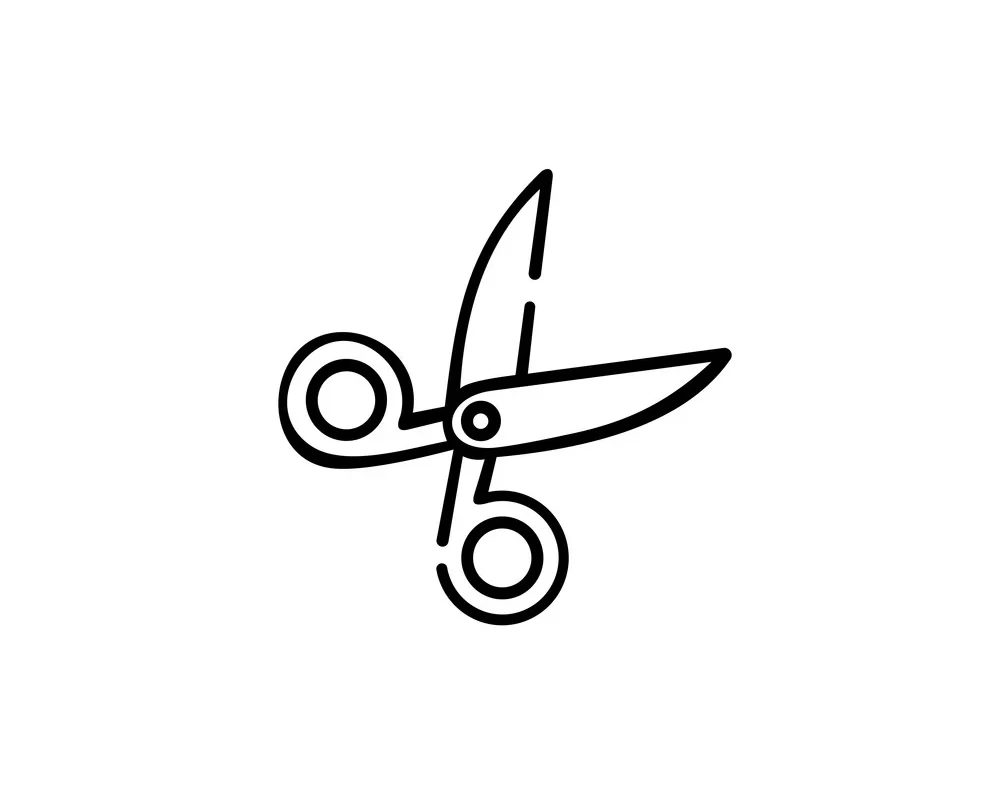
Fabric scissors and a rotary cutter blade are helpful for cutting the fabric Denim.
Ruler or Measuring Tape
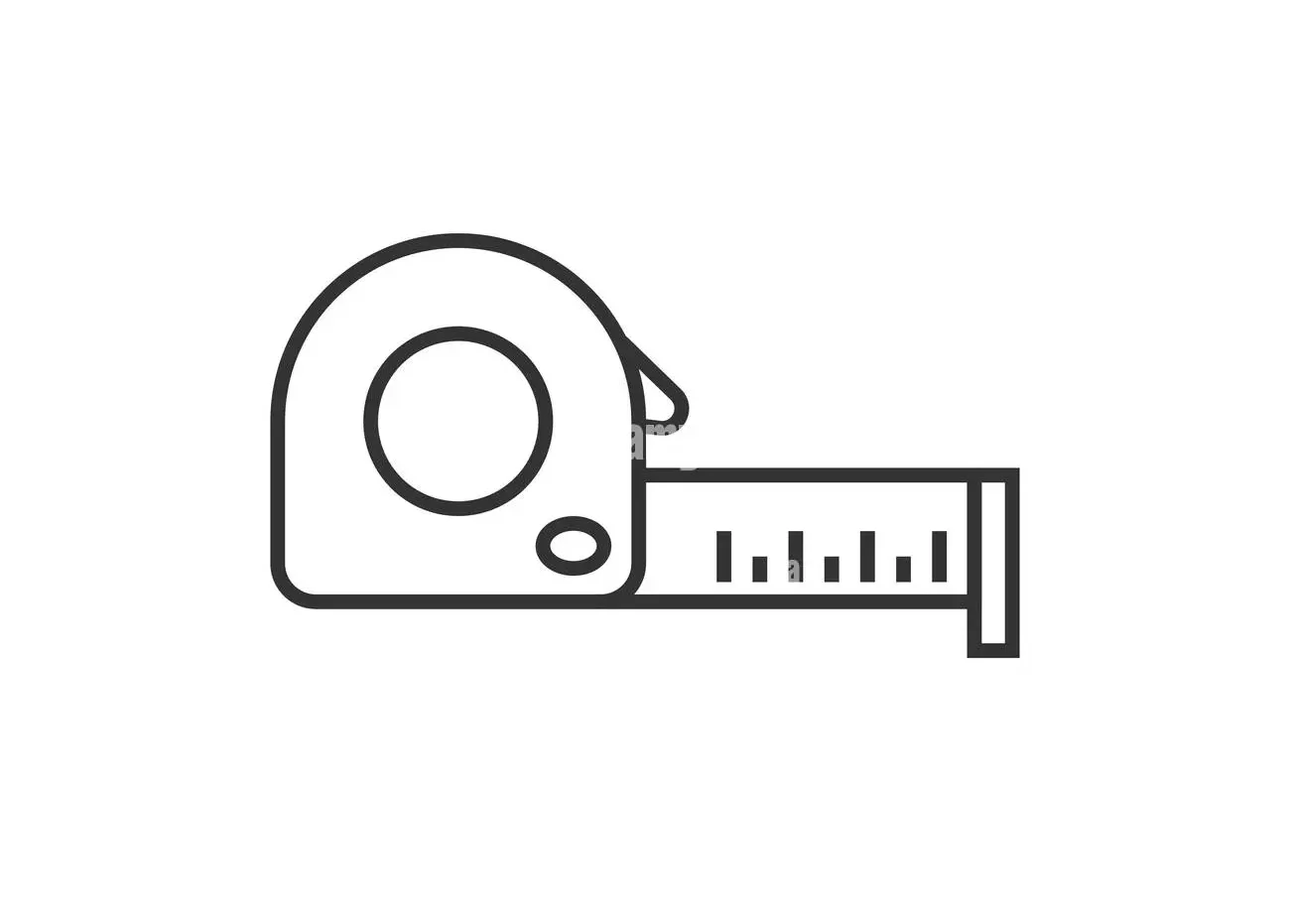
Take a ruler or measuring tape for accurate measurement and cutting.
Pins or Clips
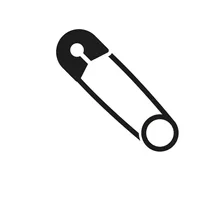
Take a pair of pins and clips with you to hold the fabric in place while sewing.
Seam Ripper
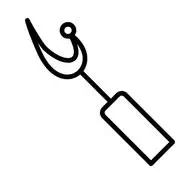
You should have a seam ripper with you for correcting any mistakes or removing seams while sewing.
Topstitching Needle
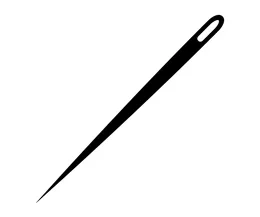
If you want to add decorative details to your product take topstitching needle with you.
How to sew denim-(STEP BY STEP)
Prior to start sewing denim
Before starting to sew denim, the fabric should be washed and dried. This treatment is done usually to avoid shrinking of denim after sewing. Also you should iron the fabric so that any wrinkles may be removed after pressing. By preparing denim, before time, you will have a smoother and more efficient sewing experience with denim.

Chalk mark for indication
Mark the areas for stitching with a chalk and also mark the areas where buttonholes are to be kept.
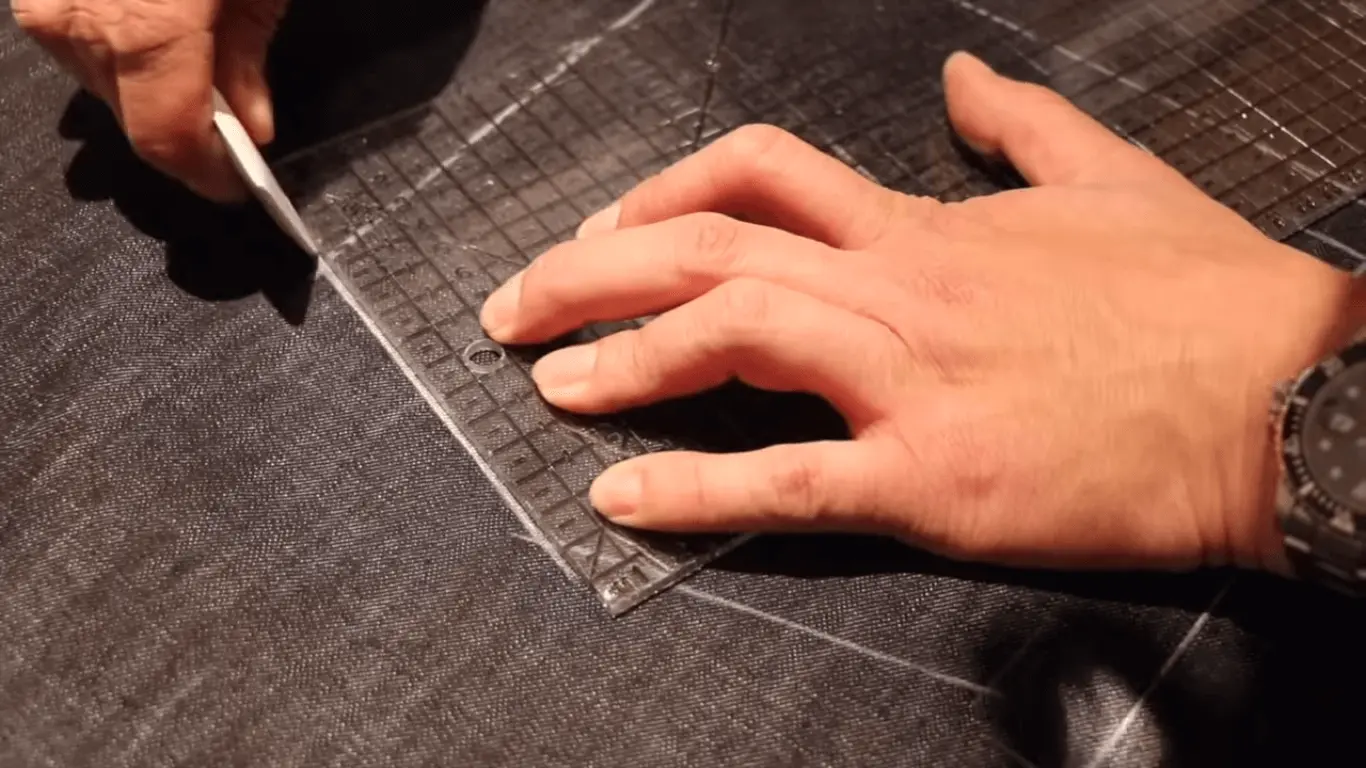
Cutting of denim
The design of denim should be cut according to your requirement. Whenever you are going to deal with the heavy denim or multiple layers of denim, use a rotary blade for cutting. Also a fine pair of scissors can be used to cut denim if it is light weight.
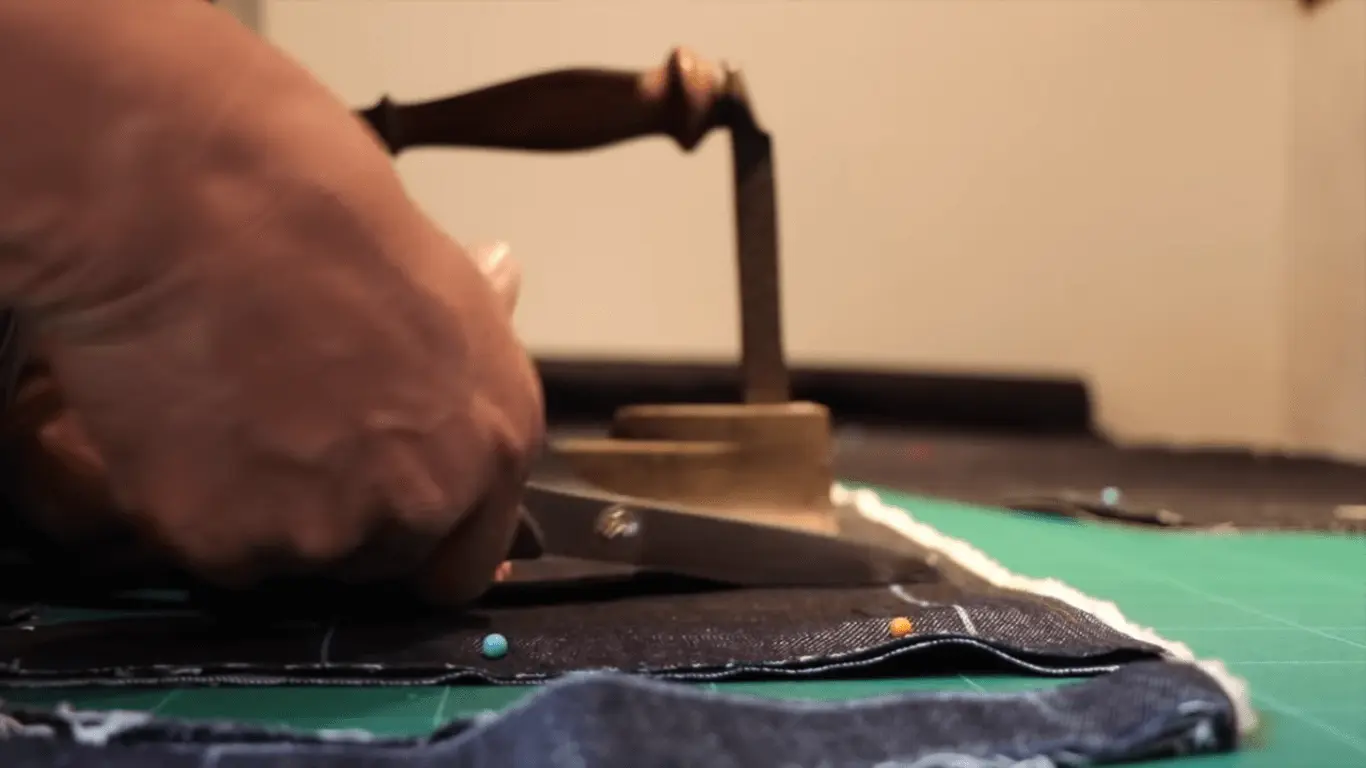
Threading your sewing machine needle
Now, thread your sewing machine needle with the all-purpose cotton or polyester thread that is necessary for denim.
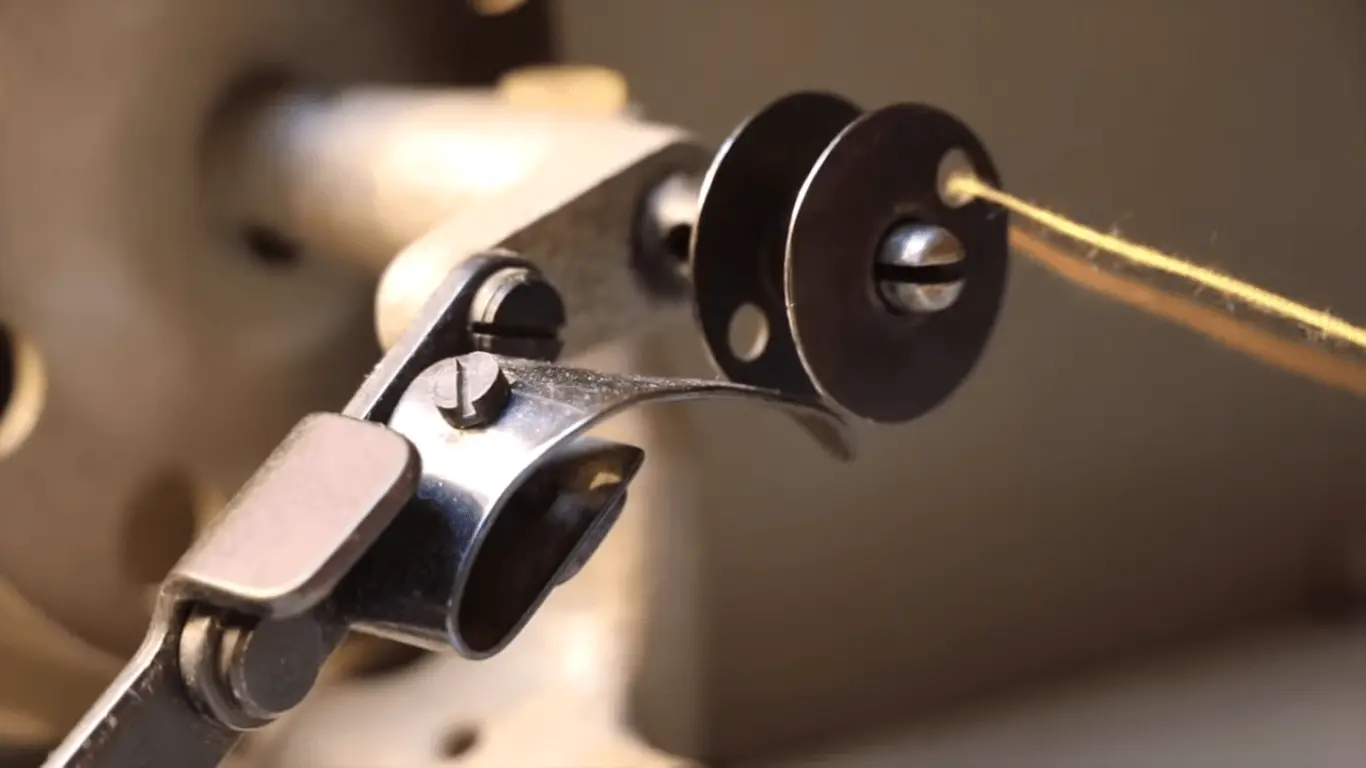
Tester stitch for stitch quality
Now, make a testing stitch on a rough piece of denim to ensure the stitch quality. Recheck your assembled materials then start sewing denim.
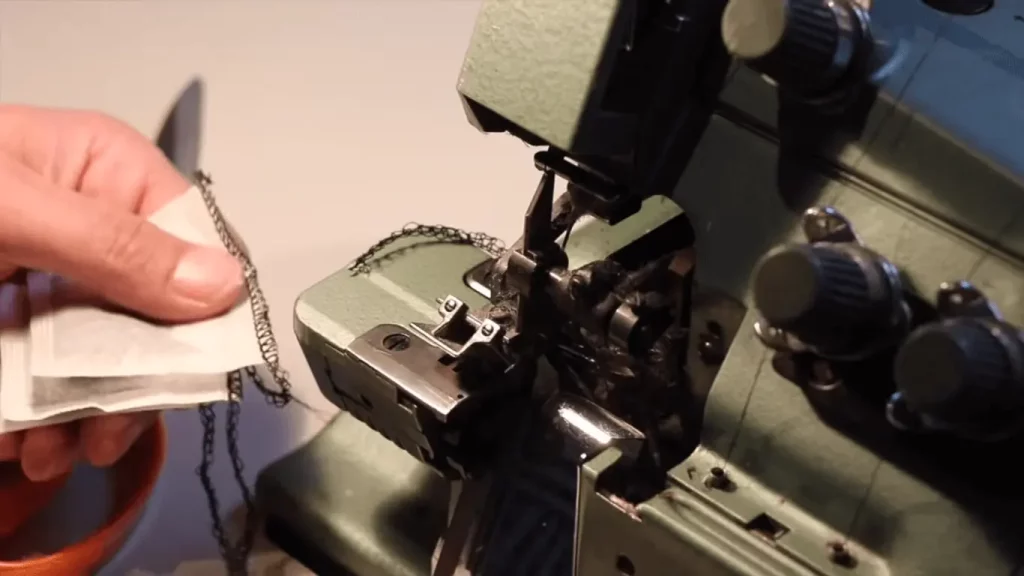
Start seaming
Now start sewing denim pieces that you have cut. And now you can make a pair of jeans you wished for!
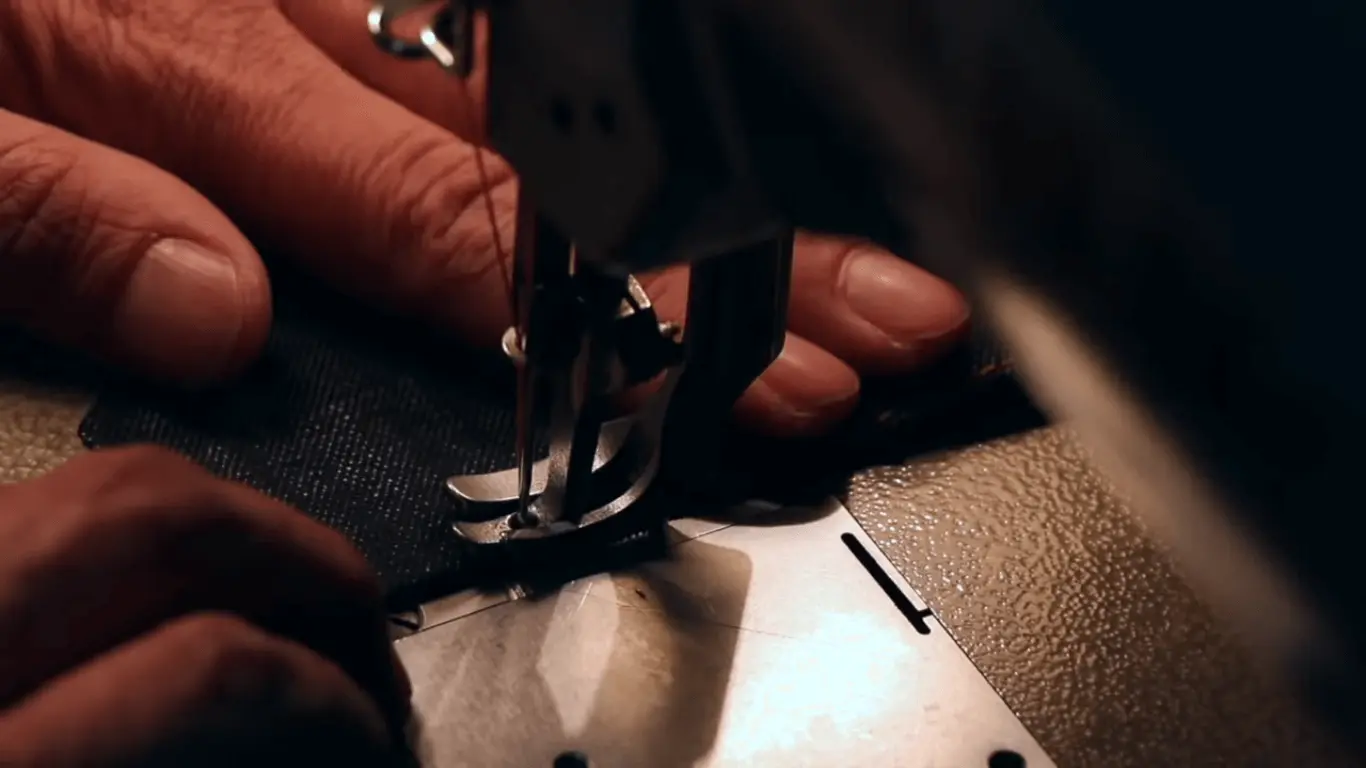
Seam pressing
The seams that have been made need to be pressed at the end for the stitches to lay down and get them set.
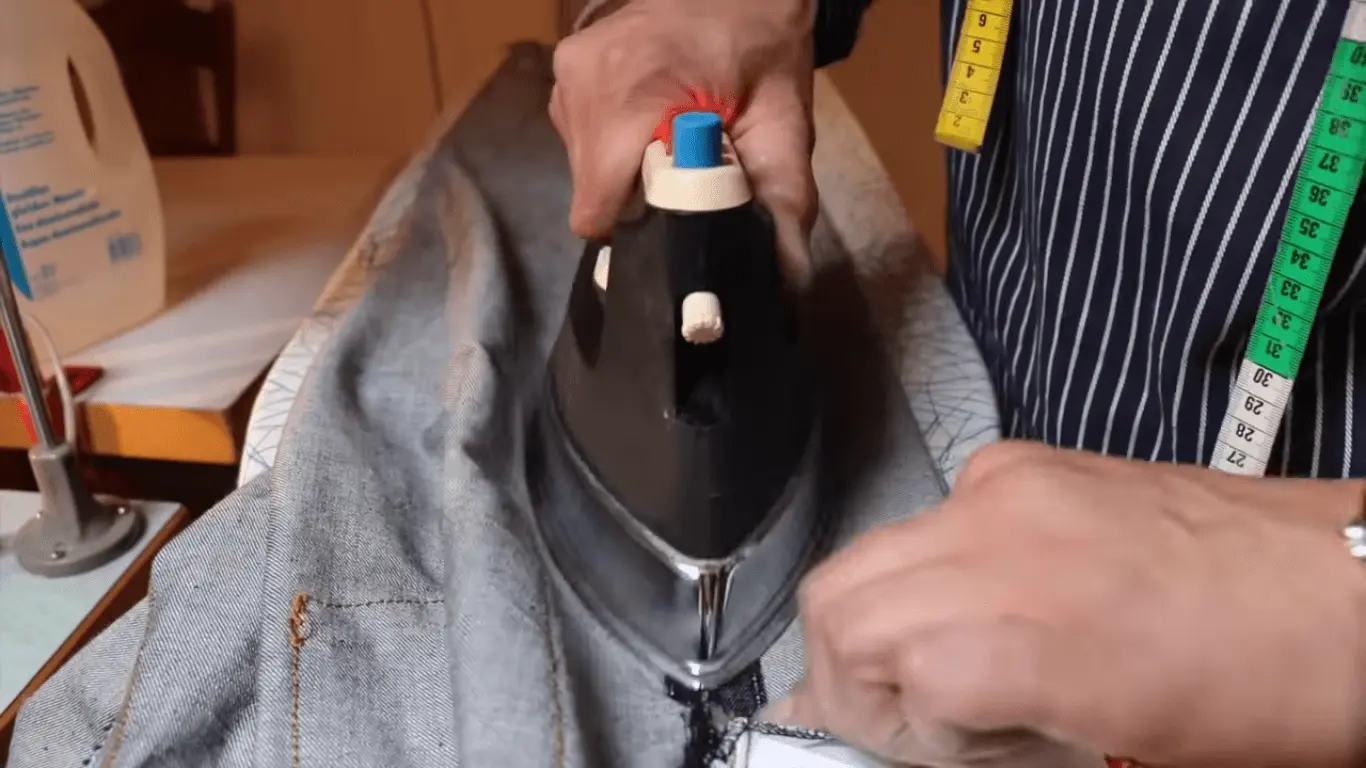
Topstitching
Add the professional and stylish look by using topstitch to create a polished look.
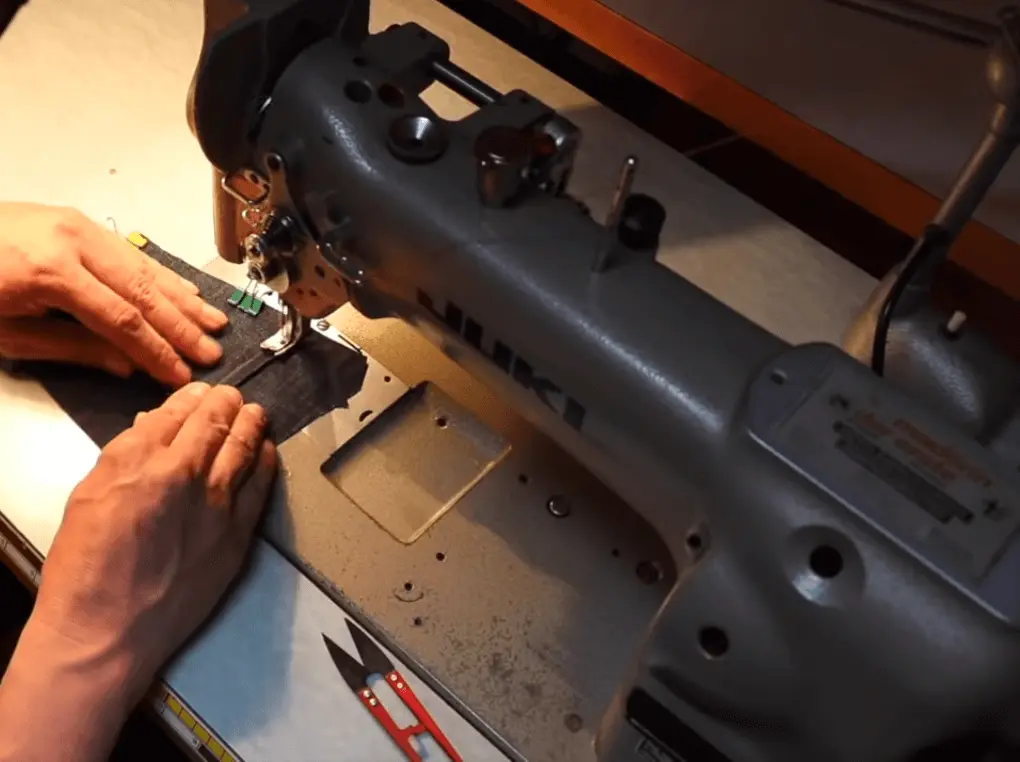
Basic instructions for sewing denim
Sewing Machines for Denim
If you want to learn how to sew denim, it’s important to keep in mind that a powerful sewing machine is essential for handling the heavy-duty fabric. When working with denim, these machines’ ability to handle larger materials and several layers is crucial. Additionally, they have longer feed dogs and powerful motor, which facilitate sewing through numerous denim layers.
You must always search for a sewing machine that has both a straight stitch and a zigzag stitch when buying denim. When dealing with denim, a straight stitch is the most fundamental and frequently used stitch, while a zigzag stitch is excellent for completing seams and strengthening stress spots. If you want to sew denim frequently, a machine with a walking foot, a function that moves the fabric through the machine while you sew is also a fantastic asset.
The inability of a machine to handle a certain fabric, such as denim or leather, might not only cause damage to the machine but also make it more difficult for you to use. Sewing on a table with a machine that was not designed for denim can cause it to slip, making it more difficult to maintain stability.
You may use Singer 4411, Singer 4423 Heavy Duty, Brother ST371HD and Janome HD3000 sewing machines. These are heavy duty sewing machines with powerful motors and can work easily with multiple layers of denim.
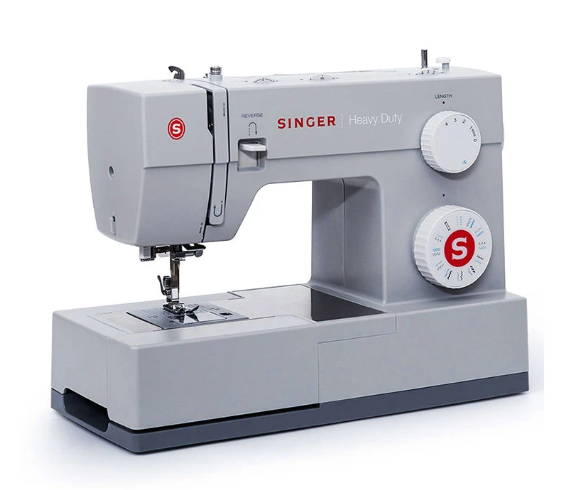
Needle size for denim
The denim needle you use while stitching is a crucial additional consideration. Given the weight of denim, you will need a heavy-duty denim sewing machine needle that can handle its thickness. In general, sewing with a Needle of number 90 to 100 will yield positive results. We would suggest you using a denim Needle for the best results. The blade of this needle is strengthened. As a result, this needle is stronger and can cut through several layers of the cloth without cracking. Look for a denim needle that is intended just to be used with denim.
Denim thread for sewing denim
When it comes how to make denim, select a robust, resilient thread that can endure the strain of denim. Cotton thread is a wonderful option because it is sturdy and unlikely to break. Another excellent choice is polyester thread, which is tougher than cotton thread and has good fading resistance. Let us look at the summary of the denim sewing guide
Sewing Guide for Denim-Needle and thread size chart
| Name | Size |
| Cotton Thread | 30 |
| Polyester thread | 30/ 60 |
| Silk Thread | 30 – 50 |
| Needle | 90/14 – 100/16 |
When you’re ready to stitch, use a heavy-duty or denim needle and thread, and change your machine’s settings to account for the denim’s thickness. As you sew, take your time and practice patience. Although denim can be a little stubborn, with the correct machine, needle, thread, and technique, you can make gorgeous, long-lasting clothes. Use cotton thread of size 30, polyester thread of size 30 or 60 or silk thread of size 30 to 50 can be used.
What can you sew with denim?
Sewing a pair of jeans
Sewing a pair of denim jeans is a useful life skill and can help to boost self-confidence and creativity. It helps to create a more sustainable fashion industry. If you have a sense of style and fashion and you own a denim sewing machine you can sew a pair of stylish jeans and look smart. Sewing denim jeans allows you to express your individuality and create unique pieces that reflect your personal style.
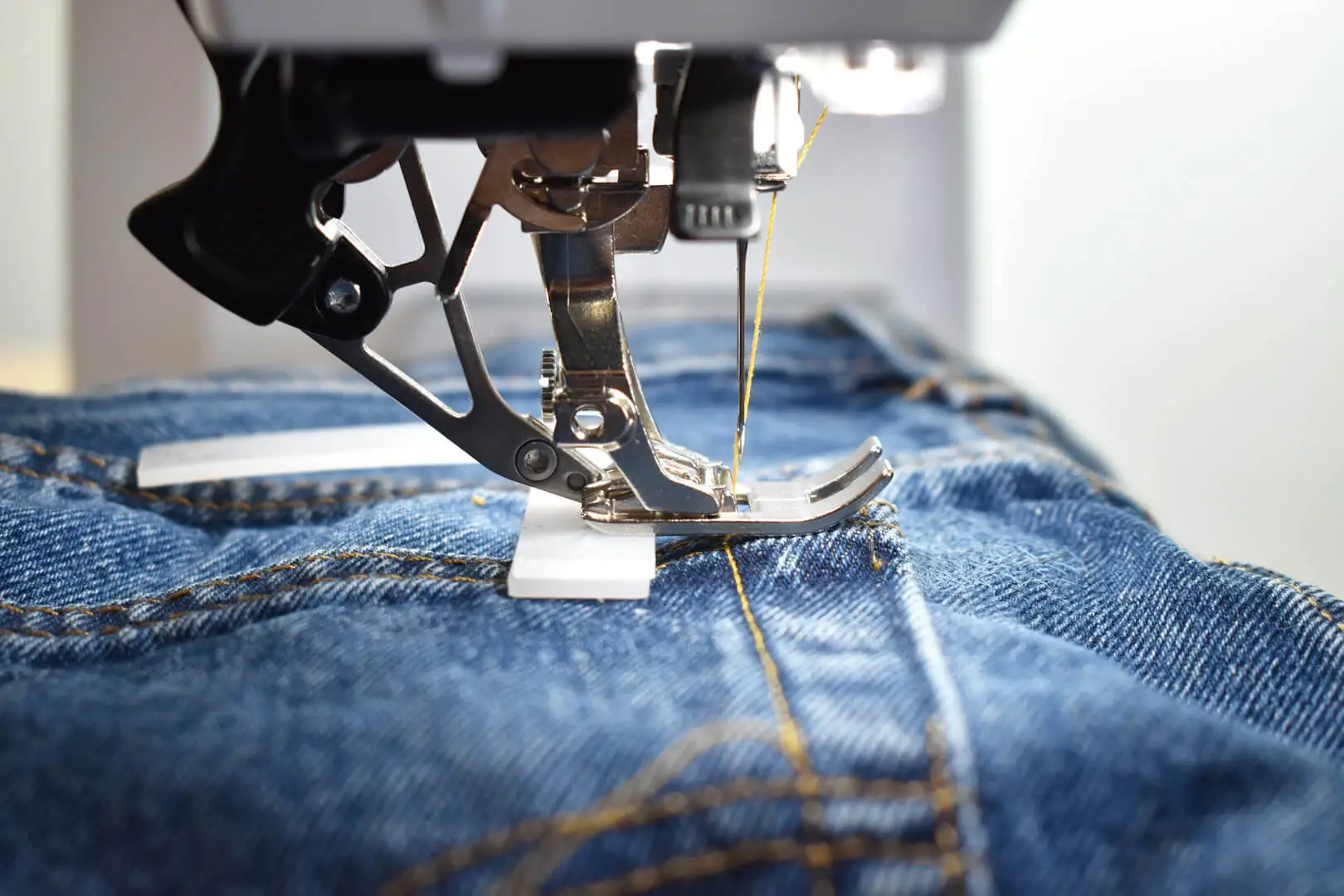
Sewing a denim jacket
Since denim is a strong, resilient and flexible fabric it is long lasting. When the denim jackets are sewn they have many beneficial aspects. The jackets made of denim are string and robust. Selecting a denim jacket reflects your sense of style and fashion. They can easily be washed with a detergent so have a friendly usage.
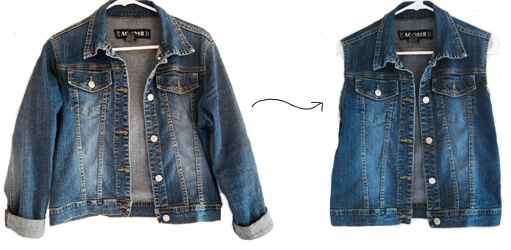
Sewing a denim pocket organizer
Owning a denim sewing machine will lead to benefits that are impeccable. A denim pocket organizer is a wonderful DIY project that can be sewn with denim. A pocket organizer allows you to keep essentials organized and easily accessible, reducing clutter and saving time. By sewing your own organizer with denim fabric, you have the freedom to choose the size, style, and features that best suit your needs. Making your own organizer can save you money compared to purchasing a pre-made one. Also it will indicate your creativity and style.
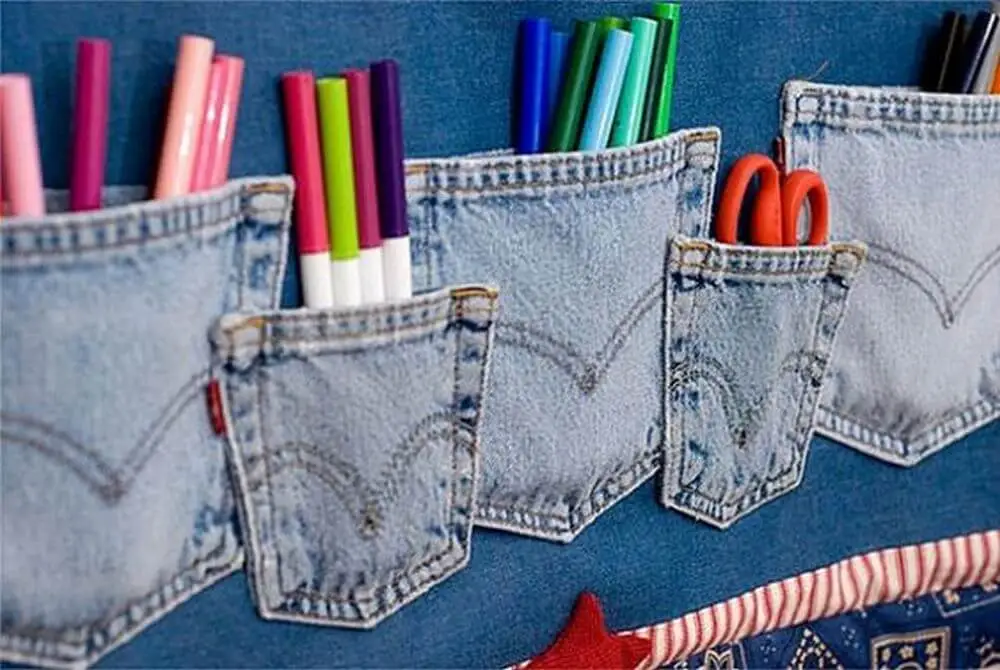
Sewing denim rug
Sewing a denim rug is a stylish creative work. Denim is a such durable fabric by which we can make an excellent piece of a rug. Only you need to gather some materials, such as, a sewing machine, denim rug, and a non-slip rug pad. Old jeans or denim scraps can also be used to complete the project.
To start with, you’ll need to cut the denim into strips and sew them together to make a long continuous strip. This strip can then be sewn together to create various denim pattern rugs . One thing to keep in mind when sewing a denim rug is to use a denim needle in your machine to avoid breaking the needle while sewing through the thick denim strip. Another tip is to use a lighter weight thread because heavy thread can cause the denim to distort.
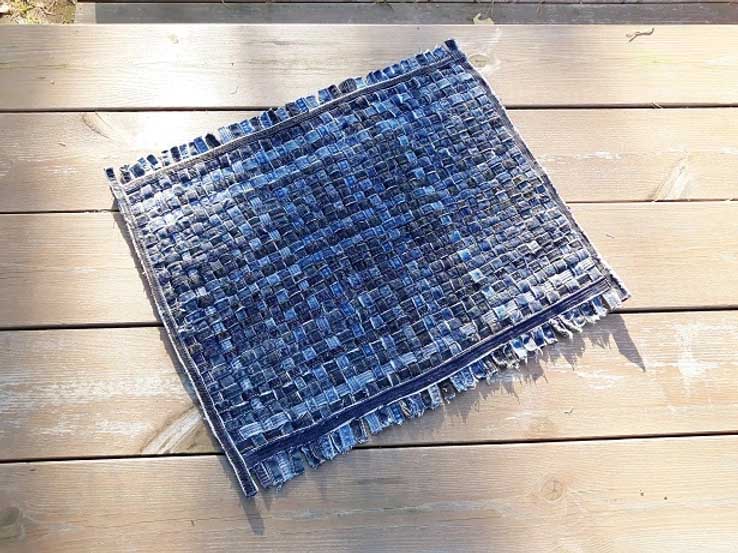
Conclusion-How to stitch denim
To sum up with how to sew denim, denim requires a heavy-duty sewing machine with a straight and zigzag stitch, a walking foot, and a denim or heavy-duty needle. To ensure a high-quality completed result, use a strong and durable thread and take your time sewing. Denim clothing may be made to be both attractive and strong, and it can be made to last for many years with the correct tools and methods.
Explore more: Best Leather Sewing Machines
How to sew denim: Tips and Tricks to Make it Stress Free

